
Akanyo- Ocipi
Akanyo- Ocipi, located in the Lakang sub-county of Amuru district in Uganda, has a total enrollment of 460 students.
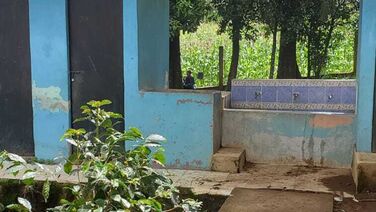
Alvaro Contreras
Location: Planes de Muyen, Chinacla, La Paz, HondurasBenefited Population: 82 students & 2 teachersThis school is located in the municipality of Chinacla and provides education for 82 primary school students.

Buliganwa Primary School
Buliganwa Primary School, located in the Nabitende sub-county of Iganga district in Uganda, has a total enrollment of 447 students, comprising 210 boys and 237 girls.
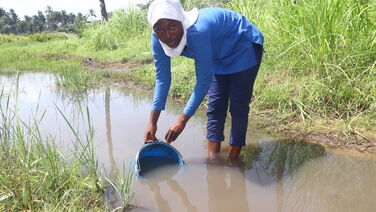
Daries Salaam Ahmadiyya Muslim Jr & Sr Secondary School
Two community members started the initiative to build the Daries Salaam Ahmadiyya Muslim Junior and Senior Secondary School in 2008. They saw that children in the community had to walk 7 miles to the nearest Secondary school. They started with 38 students and three teachers. They now serve 419 students, 171 girls and 248 boys.
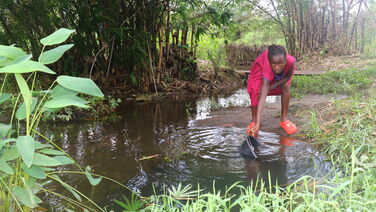
Daries Salaam COG Primary School
The Daries Salaam COG Primary School began with a single building housing 150 students in a single room to reduce the burden of school children walking long distances to school. The current building now has four classrooms and an office for staff and the headteacher. They currently have 159 girls and 170 boys attending.
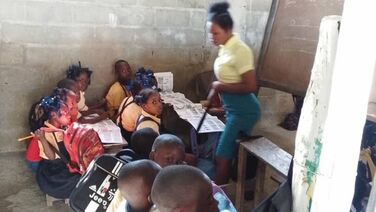
Ecole AEM
Located in the commune of Ouanaminthe, “Ecole AEM” has been serving the community for over ten years. The school currently educates 210 students from first to sixth grade, supported by a team of ten dedicated teachers. It plays an important role in providing access to quality primary education for children in the area.
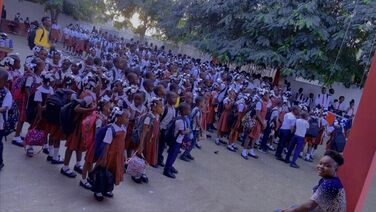
Ecole Centre de Formation et d’Application Jean Calvin
Founded in 1990, Ecole Centre de Formation et d’Application Jean Calvin School is located in Ouanaminthe, in the Northeast Department. The school serves students from first grade to NS3.
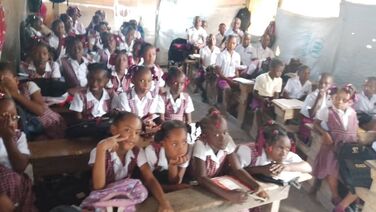
Ecole Mixte royal de maissade
Located in the commune of Maïssade, “Ecole Mixte Royal de Maïssade” welcomes students starting from kindergarten. With a committed teaching team, the institution promotes academic excellence, discipline, and civic responsibility among its students, shaping future leaders within the community.
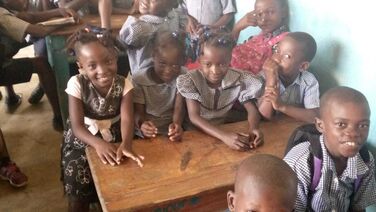
Ecole Nationale Centre Bourg
Founded in the early 2000s, École Nationale Centre Bourg is located in the commune of Carice. The school serves around 200 students and employs 12 teachers who work together to provide a supportive and structured learning environment adapted to the needs of the local community.